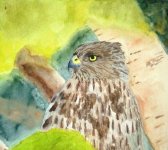raymondkphoto
RaymondK
Really nice. I also wouldn't change too much. I like it how it is. I'm not daring enough to step away from acrylic. I like being able to cover my mistakes!
solitaryVSong said:Isn't amazing how after years of quickly IDing a bird you assume that it won't be all that difficult to draw?
JTMB said:A wonderful side benefit of the sketching was seeing behavior that I would likely not have seen but for the focus required for drawing. One of the herons caught a good-sized frog while I watched and quite quickly the unlucky frog was down the hatch and the heron's food needs were met for some time.

John,
Take on only the advice your heart trusts! Even mine!
And never give up! B

John the skill comment actually has become something of a prevalent theory now circulating in art departments, the critics call it the "deskilling" of art, for the reason he cites having skill supposedly gets in the way of creativity....so now in museums( supported by our money) and galleries and on the wall of collectors is so much crap called art .....I wonder when the call will come "the emperor has no clothes" They seem to forget the great geniuses of modern art were highly skilled in realism when that modern era started. Picasso could draw like an angel at 13, taught by his academic father.
In no other profession would anyone consider deskilling helpful, would you like a deskilled plumber or doctor?
and if you are pleased with the painting--it's done.
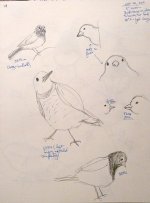
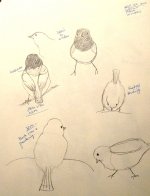
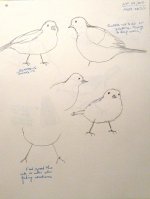
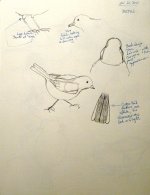

Now, that's a fine breakfast for me tomorrow. When I check it again!
Beautiful little "hard-won" sketchings! Very nice indeed!
